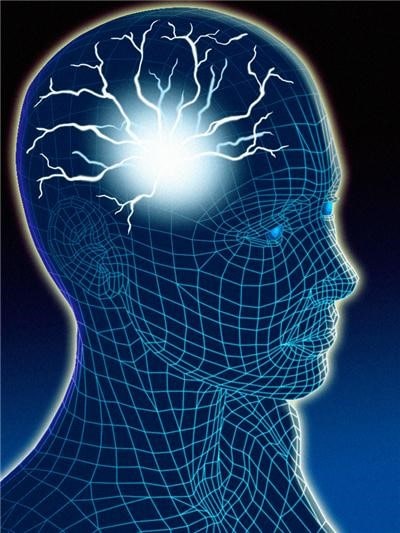
Epilepsy disorder, its symptoms and treatment
According to a report which was published in the year 2005, the prevalence of epilepsy disorder in adults was 65.1%. According to this report, 1.1 million American women of childbearing age have experienced epilepsy. After a headache, epilepsy disorders are the second most commonly occurring nerve disease that often occurs in pregnant women. Epilepsy is a neurological disorder that disturbs the nervous activity of the brain and causes a person to develop epilepsy during which abnormal behavior occurs, including loss of consciousness.

Symptoms of epilepsy disorder are different in people, and some are staring in just a few seconds, and some may even vibrate in the legs and arms, and loss of consciousness occurs. Mild epilepsy also require treatment because they can be very risky when driving by car or swimming in water.
Epilepsy symptoms:
- Temporary confusion
- Speaking carelessly
- Loss of consciousness and unawareness of the surroundings
- Psychological symptoms
These symptoms vary according to the type and severity of epilepsy, and have not been similar.
Types of Epilepsy:
Focal or non-diffuse epilepsy
When the epilepsy disorder is caused by the abnormal activity of a region of the brain, it is focal epilepsy; it has two types of intensity. Sometimes a person does not lose consciousness in this epilepsy, and the sound, the smell, the image may appear to them in other forms, and this epilepsy is usually accompanied by an unwanted jump of hands and feet, or dizziness and tingling. And sometimes the person loses his awareness and gives the person a glimpse of movements, such as turning his hands, chewing and swallowing, or walking circularly.
Generalized or diffuse epilepsy
This type of epilepsy disorder affects all areas of the brain that can occur in 6 types:
An absent seizure
It has a slight, stunning movement and a slight reduction in individual consciousness.
Tonic seizure
This epilepsy stiffens the muscles of the body and causes the person to fall on the ground.
Clonic seizure
This epilepsy has a rhythmic movement and muscle spin, which usually affects the neck, hands and face.
Myoclonic seizure
With jerk movements of the hands and feet
Athlete’s epilepsy
This type of epilepsy suddenly leads to sudden fall on the ground by loosening of the muscles and loss of control over the muscles.
Tonic-clonic seizures
With loss of consciousness and tremor, biting lounge and loss of bladder control.
Epilepsy and its complications
- Epilepsy disorder can cause dangerous conditions for patient and others
- Falling: There is a possibility of damage to the head or bones when someone falls.
- Choking: The probability of epilepsy underwater for these patients is high and their choking probability is 15 to 19 times higher than the rest of humans.
- Crash: Epilepsy disorder is dangerous when driving and causes deadly accidents.
- Pregnancy: Epilepsy during pregnancy is very dangerous for the mother and the baby, and with the supervision of a physician, you can reduce the risks and ensure the health of the mother and baby.
- Other complications are depression, anxiety, suicidal thoughts, and so on.
Epilepsy and its treatment:
- Anti-epilepsy drugs: These drugs reduce the severity of epilepsy and, even if patient is under the supervision of a doctor, they can eliminate epilepsy disorder.
- Nervous stimulus or VNS: A device that is placed underneath the chest wall to prevent epilepsy by stimulating the cervical nerves.
- Ketogenic diet: This diet is high in carbohydrates and high in fat.
- Brain surgery: Removing and correcting part of the brain that has epilepsy disorder.
Summary
Epilepsy disorder after a headache is one of the most common neurological disorientations. In some cases patient loses his consciousness. Seizures, abnormal movements due to uncommon electrical activity of the brain, are a symptom of epilepsy. It is usually treated with medications or decreases its severity, and in some severe epilepsy patient needs surgery.











Reviews
Number of pending reviews15225